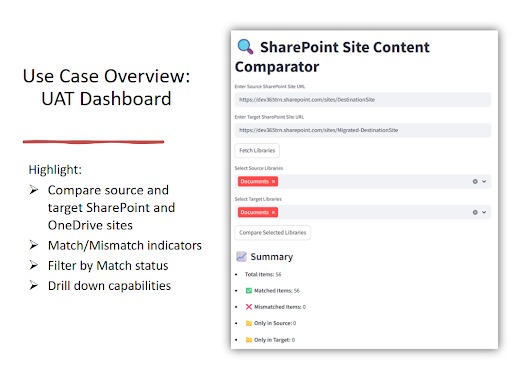Introduction to Cloud Migration
The shift to the cloud is no longer a matter of “if” — it’s “when” and “how fast.” Organizations across industries are accelerating their digital transformation journeys by migrating legacy systems, databases, and applications to the cloud. This move promises scalability, cost savings, flexibility, and innovation.
However, cloud migration is not without its challenges. From compatibility issues and downtime risks to data integrity and post-migration validation, it’s a complex process that demands precision. And this is where Artificial Intelligence (AI) can play a powerful role — not just in automation but in intelligent orchestration, decision-making, and validation throughout the migration lifecycle.
Potential AI Implementation in Cloud Migrations
AI is already transforming software development, customer service, and operations — and now it’s reshaping cloud migration strategies. By integrating AI into your migration workflow, you gain more than just speed; you gain accuracy, consistency, and real-time insights.
Where AI Makes an Impact:
- Pre-Migration Assessment: AI can analyze your current IT landscape to identify dependencies, usage patterns, and data health — helping prioritize what to migrate first.
- Migration Planning: AI algorithms can recommend optimal timelines, toolsets, and migration paths based on risk and resource alignment.
- Testing & Validation: AI can automate User Acceptance Testing (UAT), validate pre- and post-migration data, and catch issues early.
- Performance Monitoring: Post-migration, AI tools can monitor latency, availability, and app performance across environments.
Know More About Our Microsoft 365 and Consulting Services
Migration Validation: A Common Roadblock
Migration validation is one of the most resource-intensive and often overlooked steps in cloud projects. Ensuring that data, configurations, user roles, and application functionality remain intact post-migration can be tedious and error-prone when done manually.
A common challenge teams face is comparing pre- and post-migration data for mismatches. It’s not just about volume — it’s about accuracy at scale. This includes:
- Data schema consistency
- Access controls
- App behavior across environments
- Integration continuity with third-party tools
This is where AI-powered validation tools shine. They can quickly detect anomalies, flag mismatches, and even suggest fixes — often before a human would catch them.
Use Case Overview: AI-Powered UAT Dashboard
Let’s take a closer look at how AI can streamline User Acceptance Testing (UAT), one of the most critical phases of any migration project.
The Problem:
Manual UAT involves stakeholders across departments running through test cases,
documenting results, and reporting issues. This process is slow, fragmented, and difficult to
scale — especially when testing business-critical applications.
The AI Solution:
An AI-enabled UAT Dashboard can centralize and accelerate this entire process. Here’s what it typically offers:
- Smart Test Mapping
- Real-time Validation
- Natural Language Summarization
- Pattern Detection
By replacing manual spreadsheets and fragmented feedback loops with a dynamic, AI- driven dashboard, organizations can significantly reduce UAT timelines and improve test coverage.

Benefits & Impact
Implementing AI across your cloud migration pipeline offers measurable results — not just in efficiency, but in reduced risk and improved user experience.
- Faster Project Timelines
- Fewer Errors
- Better User Adoption
- Improved Governance
- Scalability for Future Migrations
Future Enhancements
The future of AI in cloud migration is promising. Here are a few enhancements we’re likely
to see in the next wave of innovation:
- Predictive Migration Tools
- Self-healing Systems
- Cross-platform Orchestration
- Conversational Interfaces
As AI matures and integrates more deeply with cloud ecosystems like Microsoft Azure, AWS, and Google Cloud, we can expect migration to become a continuously optimized, intelligent process — not a one-time event.
Conclusion
Cloud migration is complex — but it doesn’t have to be chaotic. With AI as a strategic enabler, businesses can approach migrations with greater clarity, confidence, and control. From pre-migration analysis to AI-powered UAT dashboards, the right tools can turn a risky, manual process into a predictable and scalable framework.
Whether you’re migrating one application or rearchitecting your entire environment, integrating AI isn’t just a value-add — it’s becoming a necessity.
Looking to embed AI into your next migration project? Let’s talk.




